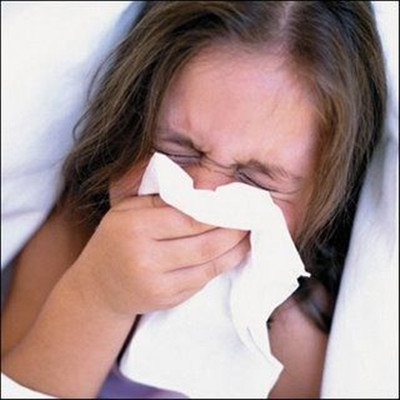When you have to sneeze or cough, do it into the bend of your arm.
当你马上要打喷嚏或咳嗽的时候,记得用手臂挡一下。
Sneeze into your arm with Elmo. Ah-choo!
和埃尔默一起打喷嚏吧,阿嚏!
Gordon and Elmo from Sesame Street are right.
芝麻街的戈登和埃尔默说的很对。
And MIT researchers recently found that viruses can travel much further than we thought.
而麻省理工学院的研究人员们最近就发现病毒的移动距离比我们想象中要远的多,
Which shows how important it is to block coughs and sneezes.
这就说明阻隔咳嗽和喷嚏的必要性。
The researchers used high-speed imaging of folks coughing and sneezing, along with simulations and mathematical models.
研究人员使用高速动态扫描成像记下人们咳嗽和打喷嚏的全过程,之后进行数据模拟和模型分析。
The new research shows that multiple drops travel in a cloud.
这项新的研究显示呈云雾状轨迹的众多颗粒物。

And the cloud’s turbulence pulls in surrounding air, which allows the goopy assemblage to maintain buoyancy and move farther.
这种云式湍流可以搅动周围空气,从而使得粘稠物得以维持浮动形态并移动更长距离。
Heavier particles drop out first, but about five times further out than had been previously predicted.
较重的颗粒物最先下落,但仍然比之前预测到的距离远5倍以上。
And the small ones swirl around and can be carried 200 times past previously predicted distances.
小的颗粒物则会呈现蜗旋状态并且是预测的实际能移动距离的200倍之多。
The research is in the Journal of Fluid Mechanics.
这项研究已在《流体力学》杂志上发表。
Longer flight distances means coughs and sneezes can often reach ventilation systems.
远距离意味着咳嗽和喷嚏能更频繁的到达通风设备处。
The researchers thus encourage hospital and airplane engineers to consider designs that block droplet flight and thus keep everyone else from catching your cold.
研究人员们因此鼓励负责医院和航空飞行器的工程师们考虑设计可以阻断颗粒物飞行的辅助装置,从而可以保持周围附近的人与病毒携带传播者之间更有效的空气阻隔。


